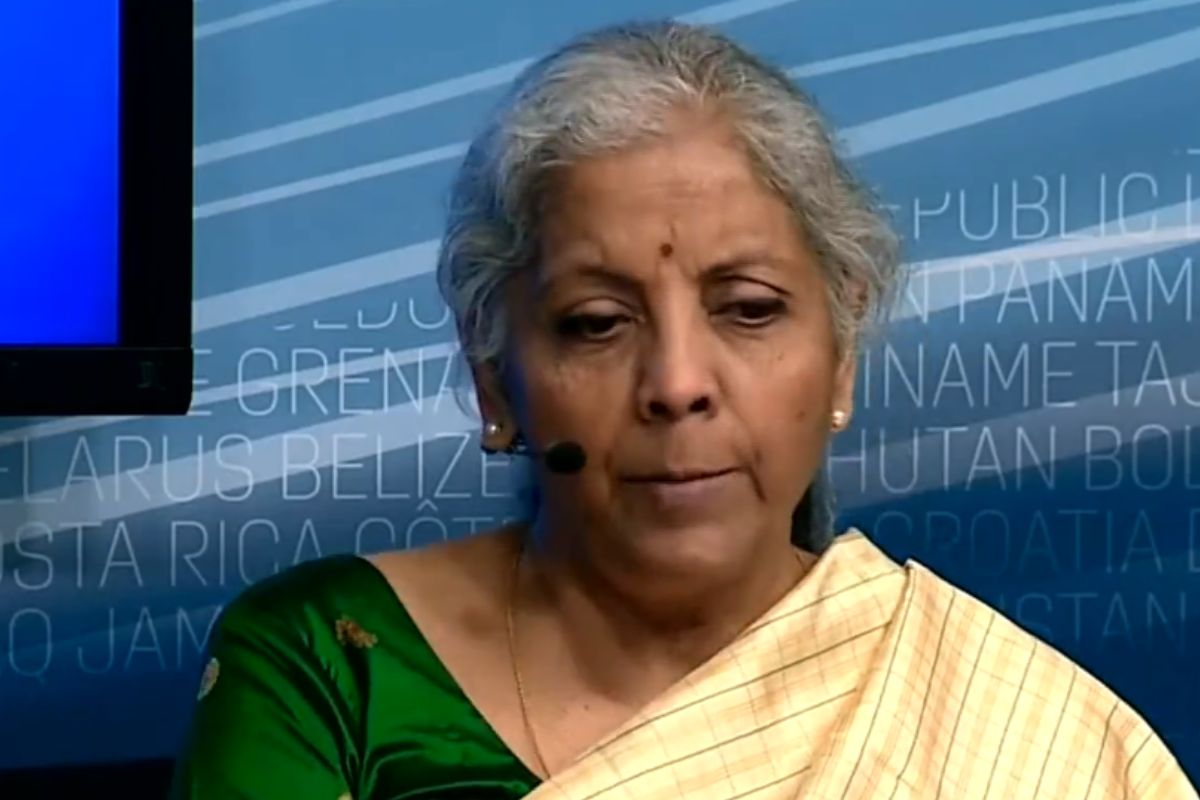Price of tomato declining: Centre
The Centre on Sunday claimed that the retail prices of tomatoes are on the decline with the fall in mandi prices.

Nirmala Sitharaman
The recent forecast of high inflation in coming months by the Union Finance Ministry has sent ripples among Indian consumers and businesses alike. The cautionary note from the government brings into focus the challenges that lie ahead and underscores the importance of strategic measures to weather the storm.
The forecast blames high inflation on global and regional uncertainties, as well as domestic issues such as unfavourable weather conditions affecting crop prices. A silver lining in the report is that the recent increase in food prices is anticipated to be temporary owing to expected arrival of some vegetables and increased imports of some pulses. Retail inflation surged to a 15 month peak of 7.44 per cent in July, largely driven by steep increases in the prices of vegetables, pulses, cereals and spices. During its recent monetary policy review, the Reserve Bank of India(RBI) adjusted its inflation projections upwards to 6.2 per cent for the September quarter and 5.4 per cent for the fiscal year 2023-24, while maintaining the policy rate at 6.5 per cent. For Indian consumers, the forecast of elevated inflation raises concerns about their purchasing power and daily expenses. As prices of essentials such as vegetables, pulses, cereals, and spices surge, households have felt the pinch.
To brace for this, individuals might need to adopt prudent spending habits, prioritise needs over wants and explore alternatives to manage rising costs. Planning meals around seasonal produce, reducing food wastage and exploring bulk buying options could become essential strategies for consumers to maintain financial stability. Businesses, particularly small and mediumsized enterprises (SMEs), are likely to face margin pressures due to increased input costs. These businesses must carefully assess their supply chains, evaluate pricing strategies and explore partnerships that offer costsaving advantages. Adapting to leaner operations, optimising resources and exploring technological innovations can help mitigate the impact of elevated inflation on businesses.
Advertisement
Additionally, businesses need to anticipate shifts in consumer behaviour and preferences, adapting their offerings accordingly to remain competitive. Governments, both at the Centre and states, have a pivotal role to play in mitigating the adverse effects of high inflation. Monitoring and addressing disruptions in supply chains, ensuring a consistent flow of essential commodities and applying brakes on speculative practices are crucial steps to stabilise prices. The allocation of resources towards infrastructure development, particularly in agriculture and storage facilities, can aid in reducing supplyside constraints. Furthermore, implementing targeted social safety net programmes can provide relief to vulnerable sections of society that are disproportionately affected by rising prices. The RBI stands at the forefront of managing inflation and economic stability. The central bank must balance its approach, considering the need to support growth and employment while maintaining price stability. Timely interventions through monetary policy tools can help manage inflation expectations and ensure macroeconomic equilibrium. Overall, bumpy times lie ahead.
Advertisement